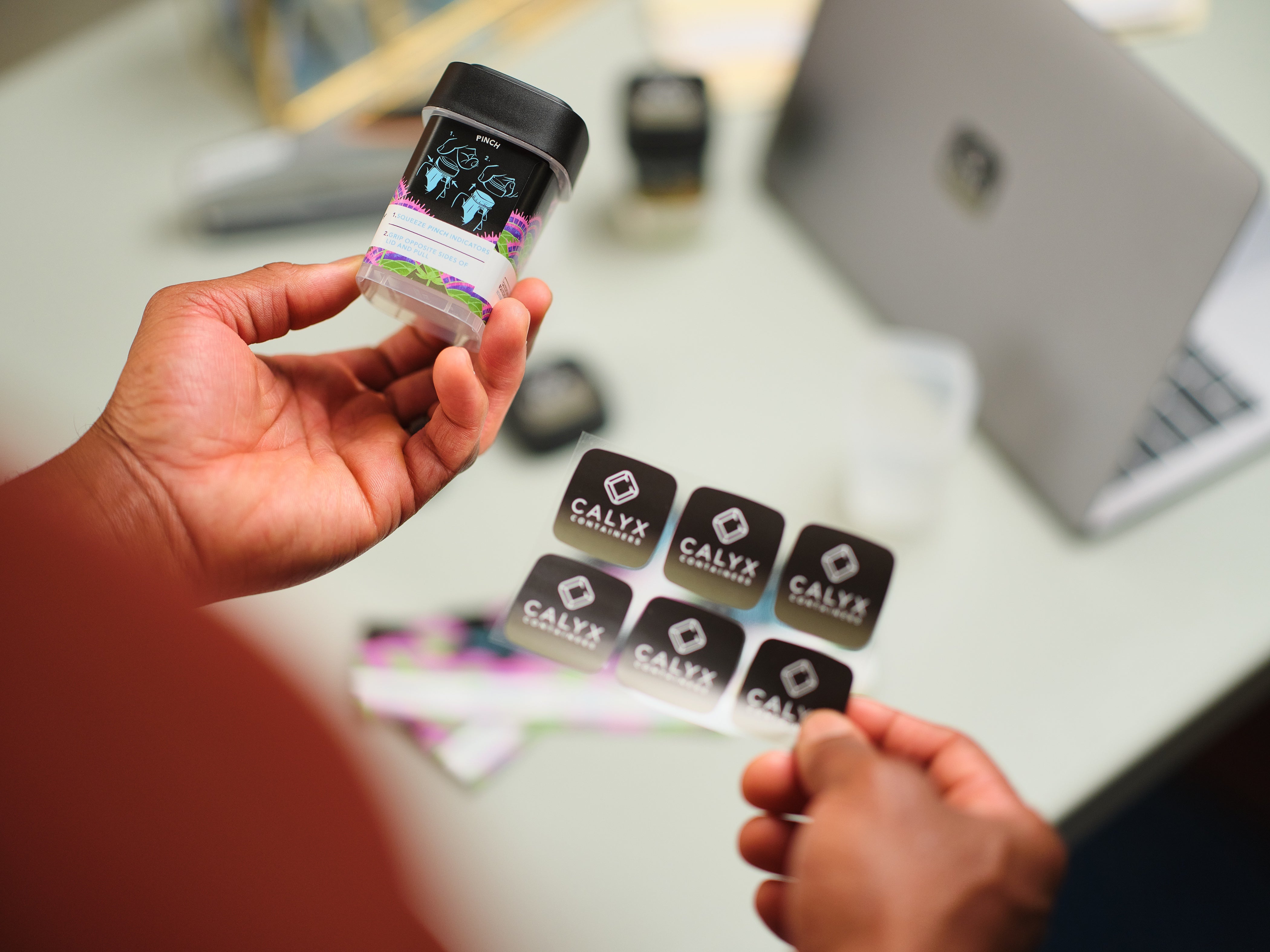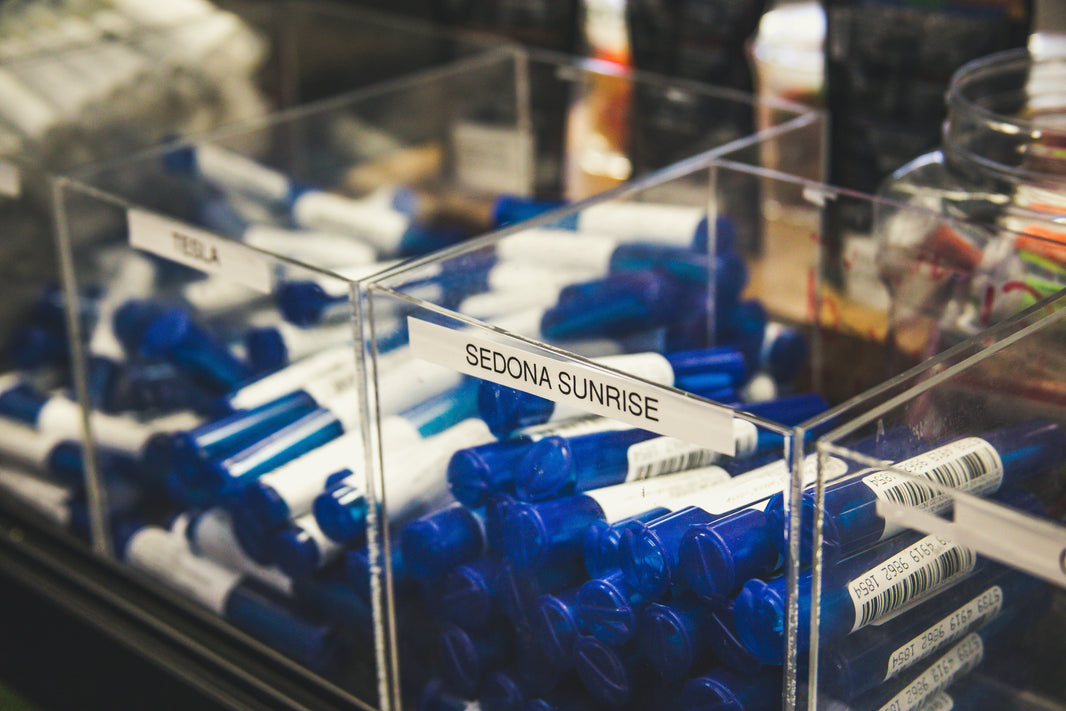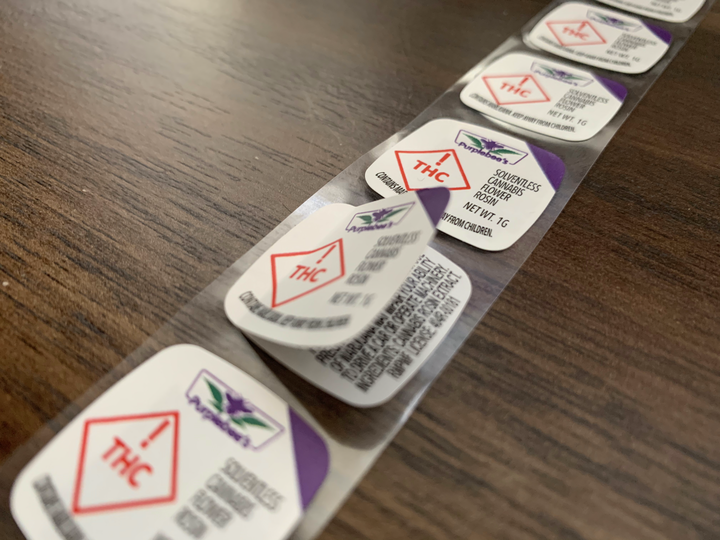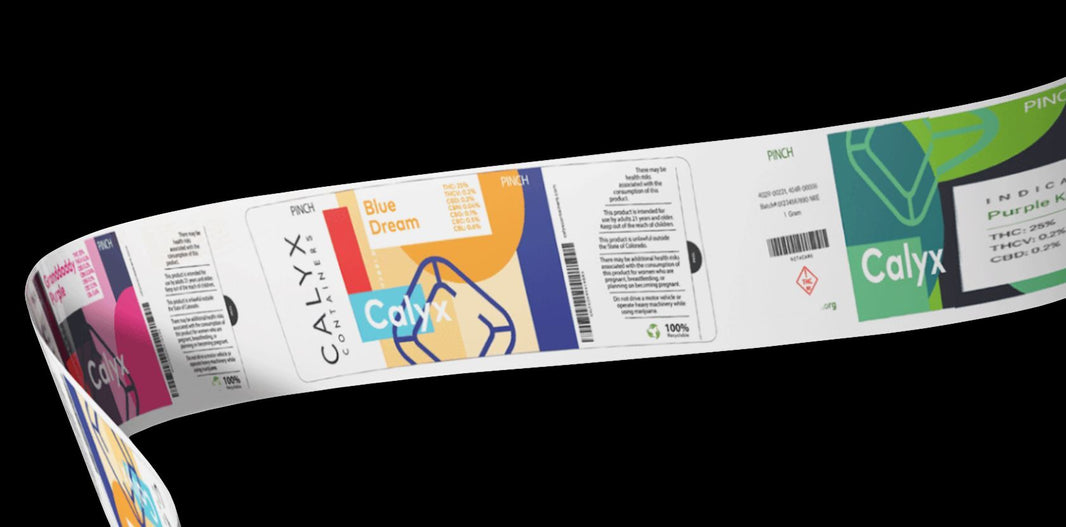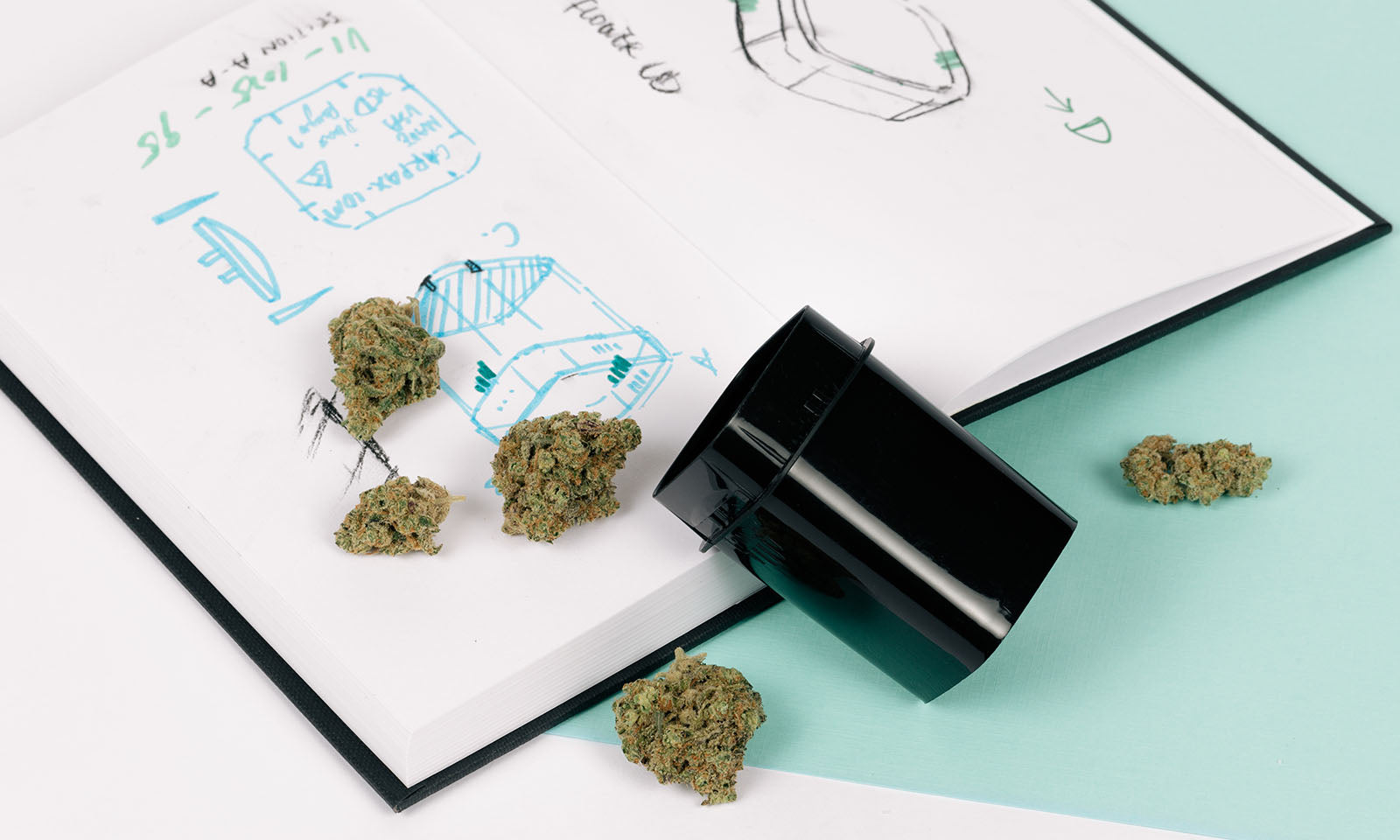Designing effective packaging is an intricate balance between art and science, a process that demands a thoughtful approach to ensure it meets both aesthetic appeal and functional requirements. Whether you're a brand manager, product development specialist, or grower in the cannabis industry, understanding the essential steps in the packaging design process can significantly impact your product's success in the market. This article will guide you through the comprehensive steps involved in creating packaging that resonates with your target audience while maintaining the integrity of your product.
Understanding the Purpose of Packaging
Before embarking on the design journey, it's crucial to define the purpose of your packaging. Packaging does more than just contain a product; it communicates your brand's story, protects the product, and influences purchasing decisions. In the cannabis industry, for instance, packaging must also ensure compliance with regulations, preserve product quality, and provide a positive unboxing experience.
Communicating Brand Story
Your packaging is a storytelling medium that speaks volumes about your brand's ethos, values, and mission. By incorporating elements that reflect your brand's narrative, you create an emotional connection with consumers. This connection can lead to increased brand loyalty and recognition, making your product stand out on crowded shelves.
Product Protection
At its core, packaging serves to protect the product from physical damage, environmental factors, and contamination. For cannabis products, this means ensuring that packaging is child-resistant, odor-proof, and capable of preserving potency and freshness. Effective packaging safeguards the product through its entire lifecycle, from production to the consumer's hands.
Influencing Purchase Decisions
Packaging plays a pivotal role in influencing consumer decisions at the point of sale. The design, colors, and text must capture attention and convey value propositions quickly. In a competitive market, packaging that is visually appealing and clearly communicates benefits can significantly sway consumer choice.
Research and Ideation
Embarking on the packaging design process without thorough research and ideation is like setting sail without a compass. This phase sets the foundation for innovative and effective packaging solutions.
Market Analysis
Understanding the market landscape is the first step in the design process. Conduct thorough research to identify trends, consumer preferences, and competitors. This analysis will help you recognize opportunities for differentiation and innovation.
- Identifying Market Trends: Keep a pulse on current trends, such as minimalist design, eco-friendly materials, and interactive packaging. Understanding these trends allows you to align your design with consumer expectations and industry standards.
- Analyzing Competitor Offerings: Study what competitors are doing in terms of packaging. Identify strengths and weaknesses in their designs and consider how you can offer something unique that fills gaps in the market.
- Consumer Insights and Preferences: Delve into consumer behavior studies to understand what drives purchase decisions. Are sustainability and convenience top priorities, or is premium aesthetics more important? Tailor your packaging solutions accordingly.
Defining Your Audience
Identify your target audience and understand their needs and preferences. Are they looking for sustainable solutions, premium quality, or a blend of both? Tailor your packaging design to meet these expectations while emphasizing your unique brand values.
- Demographic Profiling: Determine the demographics of your audience, such as age, gender, and location. This information is crucial in crafting packaging that appeals to their specific tastes and preferences.
- Psychographic Segmentation: Beyond demographics, explore the psychographics of your audience, including lifestyle, values, and interests. This deeper understanding aids in creating packaging that resonates on a personal level.
- Cultural Sensitivity and Inclusivity: Consider cultural nuances and inclusivity in your design. This ensures your packaging appeals to a diverse audience, avoiding any missteps that could alienate potential customers.
Concept Development
Once the groundwork of research and audience understanding is laid, the creative journey of concept development begins. This phase is where imagination meets practicality, and ideas take shape.
Creative Brainstorming
Gather your creative team for a brainstorming session to generate ideas. Encourage free thinking and exploration of unconventional concepts. This stage is about creativity and innovation, so leave no stone unturned.
- Diverse Perspectives: Include team members from various departments to bring different perspectives. This diversity fosters creativity and leads to more innovative ideas.
- Inspiration Gathering: Encourage the team to draw inspiration from various sources, such as art, nature, and architecture. These influences can spark unique and compelling packaging concepts.
- Idea Evaluation and Selection: After brainstorming, evaluate ideas based on feasibility, brand alignment, and consumer appeal. Select the concepts that best meet these criteria for further development.
Material Selection
Selecting the right materials is vital for packaging that preserves product quality and aligns with your sustainability goals. For cannabis products, materials that prevent moisture loss and maintain aroma and potency are essential. Consider eco-friendly options that are both functional and appealing.
- Sustainability Considerations: Prioritize materials that are recyclable, biodegradable, or made from renewable resources. This aligns with increasing consumer demand for environmentally responsible products.
- Functional Requirements: Ensure materials provide the necessary barrier properties to protect the product. Evaluate options for their ability to preserve freshness, prevent contamination, and withstand handling.
- Aesthetic and Tactile Appeal: Choose materials that not only look good but also feel good in the consumer's hands. Tactile elements can enhance the unboxing experience and leave a lasting impression.
Design and Prototyping
With concepts and materials selected, the design and prototyping phase brings your vision to life. This stage translates ideas into tangible representations that can be tested and refined.

Design Execution
With your concepts and materials in place, move on to the design phase. Create digital sketches and mockups to visualize the packaging. Pay attention to the visual elements, such as color schemes, typography, and graphics, ensuring they align with your brand identity.
- Visual Storytelling: Use design elements to tell a story that resonates with your audience. Colors, fonts, and imagery should convey your brand's personality and message effectively.
- Alignment with Brand Identity: Ensure every design element aligns with your brand identity. Consistency reinforces brand recognition and builds trust with consumers.
- Functional Design Features: Incorporate features that enhance usability, such as easy-open tabs or resealable closures. These practical elements improve the consumer experience.
Prototyping
Develop prototypes to test the design's functionality and appeal. This step allows you to identify potential issues and make necessary adjustments. Prototyping is crucial in ensuring that the packaging not only looks good but also performs well.
- Iterative Testing: Use prototypes to conduct iterative testing, refining design elements based on feedback and performance. Each iteration brings you closer to the optimal solution.
- Real-world Simulations: Test prototypes under real-world conditions to assess durability and functionality. This can include temperature variations, handling, and transportation scenarios.
- Consumer Feedback and Focus Groups: Gather insights from potential consumers through focus groups. Their feedback provides valuable perspectives that can guide design refinements.
Testing and Feedback
Before finalizing the design, rigorous testing and feedback collection are essential to ensure the packaging meets all criteria and consumer expectations.
Usability Testing
Evaluate the packaging's ease of use and functionality through usability testing. Gather feedback from potential consumers to understand their experience and satisfaction. This feedback is invaluable in refining the design to meet consumer needs.
- Ease of Use Assessments: Observe how consumers interact with the packaging. Identify any points of friction or confusion and make adjustments to enhance usability.
- Sensory Experience Evaluation: Consider the sensory experience of opening and using the packaging. Ensure it is pleasurable and aligns with the product's positioning.
- Feedback Integration: Incorporate consumer feedback into design modifications. This iterative process helps create packaging that truly resonates with users.
Compliance and Quality Assurance
Ensure your packaging complies with industry regulations, especially in the cannabis sector, where legal requirements are stringent. Conduct quality assurance tests to guarantee that the packaging protects the product and maintains its quality throughout its lifecycle.
- Regulatory Compliance: Stay informed about the latest industry regulations and ensure your packaging meets all legal requirements. Non-compliance can lead to costly recalls and reputational damage.
- Quality Control Measures: Implement rigorous quality control measures to ensure consistency and reliability. This includes checking for defects, ensuring proper sealing, and verifying material integrity.
- Certification and Testing: Obtain necessary certifications and conduct third-party testing to validate the packaging's compliance and performance. This adds credibility and assurance for consumers.
Finalization and Production
With testing complete, the finalization and production phase focuses on bringing the packaging design to market efficiently and effectively.
Design Finalization
Incorporate the feedback and test results to finalize the design. Ensure that it meets all the functional and aesthetic criteria and that it clearly communicates your brand message.
- Design Refinements: Make final adjustments to the design based on testing outcomes. This may include tweaking graphics, adjusting colors, or modifying structural elements.
- Brand Message Clarity: Ensure the packaging clearly communicates your brand's message and value proposition. This clarity enhances consumer understanding and engagement.
- Approval and Sign-off: Obtain final approvals from key stakeholders, ensuring everyone is aligned before moving to production.
Production Planning
Plan the production process, considering factors like cost, timelines, and scalability. Choose a reliable manufacturing partner who can deliver high-quality packaging that meets your specifications.
- Cost Management: Balance quality and cost-effectiveness in your production planning. This involves selecting materials and processes that provide value without compromising quality.
- Timelines and Scheduling: Establish clear timelines to ensure timely production and delivery. Factor in potential delays and plan contingencies to stay on schedule.
- Scalability Considerations: Ensure your production plan accommodates potential scaling needs. This flexibility allows you to respond to increased demand efficiently.
Launch and Evaluation
With production complete, it's time to launch your product with its new packaging and assess its performance in the market.
Market Launch
Introduce your product with its new packaging to the market. Utilize marketing strategies that highlight the packaging's unique features and benefits to attract and engage consumers.
- Strategic Rollout: Plan a strategic rollout that targets key markets and consumer segments. This focused approach maximizes impact and return on investment.
- Marketing and Promotion: Leverage marketing channels to showcase the packaging's unique attributes. This can include social media campaigns, influencer partnerships, and in-store promotions.
- Consumer Engagement: Engage consumers through interactive experiences, such as contests or unboxing videos. These activities generate buzz and encourage word-of-mouth promotion.
Performance Evaluation
After the launch, monitor the packaging's performance in the market. Gather data on consumer feedback, sales, and any issues that arise. Use this information to make informed decisions for future packaging designs.
- Sales Analysis: Track sales data to assess the packaging's impact on consumer purchasing behavior. Analyze trends and identify any correlations between packaging changes and sales performance.
- Consumer Feedback Collection: Continue gathering feedback from consumers through surveys, reviews, and direct engagement. This ongoing dialogue provides insights for continuous improvement.
- Issue Resolution and Iteration: Address any issues that arise promptly and use them as learning opportunities. This iterative process ensures your packaging remains relevant and effective.
Conclusion
The cannabis packaging design process is an essential aspect of product marketing and development that requires strategic planning and creativity. By following these steps, you can create packaging that not only captivates consumers but also protects and enhances your product. Whether you're focused on sustainability, premium quality, or regulatory compliance, a well-executed packaging strategy can differentiate your brand in a competitive market.
Incorporate these insights into your packaging strategy to ensure your product stands out and delights consumers, while also reflecting your brand's commitment to quality and innovation. As the cannabis industry continues to evolve, staying ahead with innovative packaging solutions will be key to your success.
